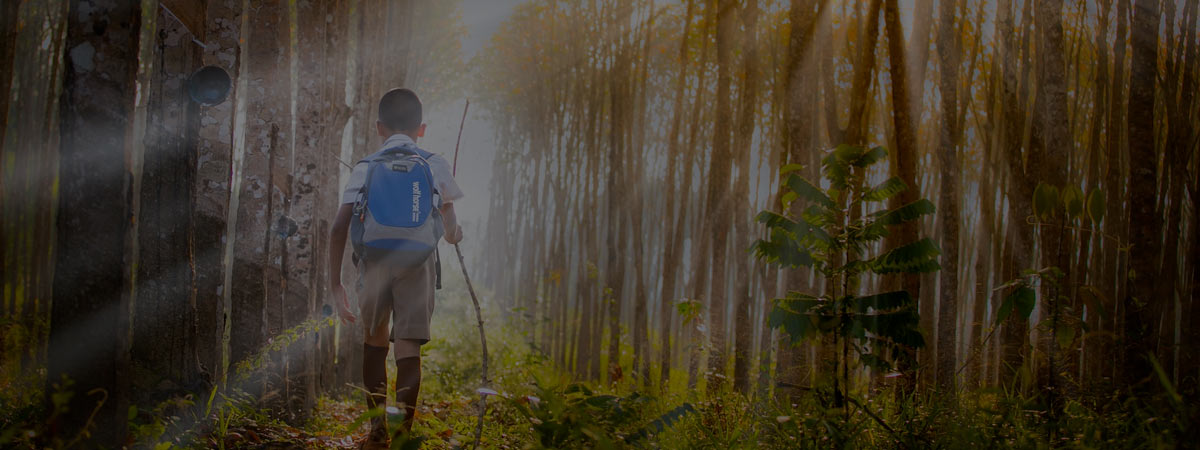Frank DeSensi | Founder/CIO
Educational Directions
I will admit that as an assistant principal, I did not consider the academic potential for learners when I planned for the weeks remaining after the end-of-year test. As result, while we were able to end the year without serious casualties, clear the classrooms and stored the materials and technologies, finish multiple reports, clear lockers and lab areas, got the buses away and back in a timely fashion, collect teachers grade books and attendance records, finish evaluations, and sign off on teacher growth plan and scheduled summer activities for the building we probably did not get maximum bang for academic buck. I understand now that every year we missed an opportunity to provide student experiences appropriate and important for learners as they finished one year and transitioned into the next.
If we look at research on ending the year for learners and at the opportunities that specific types of activities offer for learners at the end of the year, we can get a picture of what an intentional “end-of-year” plan might involve. We have opportunities to do some things in the time after the test that can emphasize the collective growth of the learners over the year, encourage students to identify and celebrate their growth and success over the year, provide an individual growth plan for each student to make sure that learning and performing don’t decline over the summer, ensure students make successful transitions into the next school year, and collect student and teacher perspectives and evaluations of the year to help drive the school improvement plan for next year.
In the years since I was an assistant principal, I have collected a menu of end-of-year activities that I regularly share with teachers and administrators. I warned them not to try to use all of them, but to select those that best meet the end of year needs of their students. An abbreviated summary of these activities includes:
A Collective View of the Year
- Cumulative Activity
This is a report of project that involves student work using content from multiple units from that year. The impact of this is that it offsets the “learn it, then forget it” approach to student learning. - Capstone Activity
Taking a retroactive look at the school year, emphasizing unit priorities and the progression of leaning and performance. This activity refreshes and reprioritizes the long-term memory, and can be linked to transition activities – e.g. this year to next year comparisons. - Closure Work
This is work that gives the students a chance to use their learnings from the year as a collective whole.
Student Ownership
- Learner Self-Assessment
This is a reflection activity that allows the student to identify who they are and how they learn best. Students get the chance to recognize and take ownership of their growth over the year. This can also be linked to introductory transition activities - My Best Work Portfolios
Allow students to create a collection of their “best work” examples as a student learner (like a note set or retrieval chart), as well as work completed as a performer (such as a test, project, or report).
Student Summer Plan
- Schoolwide Activities
Create initiatives or provide information for where students can join a summer reading program where students compete to complete. - Individual Initiatives
Implement initiatives that support individual talents or interests, such as immersion learning, extended lessons, or practice/life experience growth.
Successful Transition
- Gear Up Activities
These activities students understand are made to represent the learnings and levels of work expected in the next school year. These prepare the students for transition to the next year’s content and work expectations. - Introductory Activities
Expose students to actual curriculum and work directly from the teachers for the next year to allow students to gain insight as to what will be expected from them. This will provide an in-depth transition to the work and expectations of the next school year. - Who I Am Activities
Allow students to gather a collection of their work that “introduces” them to the next year’s teacher(s). This activity gives teachers an idea of the quality of work and thinking that can be expected from the students coming in the next year, and gives teachers a chance to anticipate learning needs, interests, etc.
Year In Perspective
- Reflection on Changes in Self
These activities cause the student to identify things that they learned to do or learned to do better through the course of the school year. This intensifies student ownership over the work, and establishes value for the work done over the year. - Reflections on the Work Done as Learner and Performer
These assignments are meant to cause the student to think about the quality of the teacher and student work, such as the best lesson, best unit evaluations, favorite activity, or most important learning from each unit.
Obviously this is not a complete list but hopefully it will stimulate some thought as we gear down and prepare to end the school year and hopefully it will lead to the inclusion of some student work that is appropriate and beneficial for ending the learner year and not just the school year.
-Frank
About Post Author
Frank Desensi
Frank DeSensi is the founder and Chief Innovation Officer of Educational Directions, LLC. which consults with schools and school districts in the southeastern and mid-western United States. A retired educator, Frank spent 35 years in a variety of teaching and administrative positions. He taught at the university, college, secondary, and middle-school levels; worked in the central office as a curriculum specialist; and held both principal and assistant principal positions. From 1993 to 1998, Frank served as a Kentucky Distinguished Educator, helping to turn around schools that were labeled in decline or in crisis under the provisions of the Kentucky Education Reform Act. Frank helped develop the STAR training program for new DE’s and served as a trainer in the Kentucky Leadership Academy. He jointly holds patents for three data-management systems for schools.


